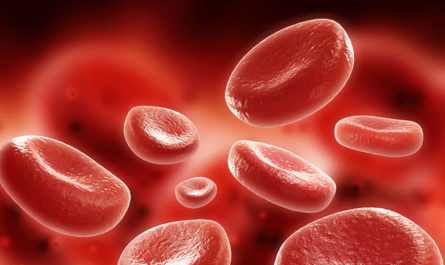The United States healthcare system has undergone major reforms in recent years with a strong focus on preventive care and management of chronic diseases. As part of these reforms, there has been an increased recognition of the role medical foods can play in helping patients manage certain diseases or health conditions.
Regulatory Framework for Medical Foods
Under the Orphan Drug Act of 1990, the U.S. Food and Drug Administration (FDA) provided the first legal definition of medical foods. They are defined as “a food which is formulated to be consumed or administered enterally under the supervision of a physician and which is intended for the specific dietary management of a disease or condition for which distinctive nutritional requirements, based on recognized scientific principles, are established by medical evaluation.”
Unlike dietary supplements, U.S. Medical Foods require a prescription or direction from a physician for their use. They are intended to meet the distinctive nutritional needs of a patient based on his/her metabolic needs due to a disease or health condition. The FDA regulates medical foods to ensure the safety and efficacy of products without requiring lengthy clinical trials. Manufacturers are responsible for substantiating the intended use of their medical food through appropriate scientific evidence.
Major Product Categories
Some key categories of medical foods available in the U.S. today include:
– Protein Medical Foods: These are formulated for patients with inborn errors of metabolism like phenylketonuria (PKU) or other amino acid/protein metabolic disorders where dietary restriction or supplementation is needed. They provide deficient or restricted amino acids.
– Calorie-Restricted Medical Foods: Formulated for obesity, pre-diabetes/diabetes or other conditions requiring calorie control. They provide complete nutrition within restricted kilocalorie levels.
– Fiber Medical Foods: Used to treat or manage constipation, irritable bowel syndrome, diverticulosis or other gastrointestinal disorders. They provide soluble and insoluble fiber sources.
– Vitamin/Mineral Medical Foods: Prescribed for treating deficiencies, imbalances or special needs related to vitamins and minerals. Examples include medical foods for renal patients with special needs for phosphorus, potassium or sodium.
– Combination Medical Foods: These contain tailored macronutrients, vitamins/minerals along with herbal extracts or other bioactive ingredients for management of complex chronic conditions like Alzheimer’s disease, Parkinson’s disease, chronic fatigue syndrome etc.
Role in Clinical Nutrition Therapy
Medical foods play an important supplementary and complementary role in clinical nutrition and disease management when used under medical supervision. Some key ways in which they contribute include:
Filling Nutrient Gaps: For patients who cannot meet their distinctive nutrition needs from diet alone due to the disease, medical foods help fill deficiencies or gaps in an evidence-based formula.
Managing Disease Progression: By providing the right nutrients, medical foods can help optimize health outcomes, slow disease progression and reduce complications in many chronic illnesses like PKU, cancer, GI disorders etc.
Improving Treatment Compliance: The targeted, evidence-based formulas make it easier for patients to follow therapeutic diets and clinical treatment plans over the long term compared to normal foods.
Enhancing Quality of Life: Medical foods can help stabilize conditions, control symptoms and support overall well-being, function and activity levels in patients living with chronic diseases.
Reducing Healthcare Costs: Studies show appropriate use of medical foods may lower hospitalization rates and costs associated with disease exacerbations or treatment complications in the long run.
The Role of Dietitians: Registered dietitian nutritionists play a key role in evaluating patients, designing appropriate medical food plans as part of overall clinical nutrition therapy, educating patients and monitoring the progress and outcomes.
*Note:
1. Source: Coherent Market Insights, Public sources, Desk research
2. We have leveraged AI tools to mine information and compile it


